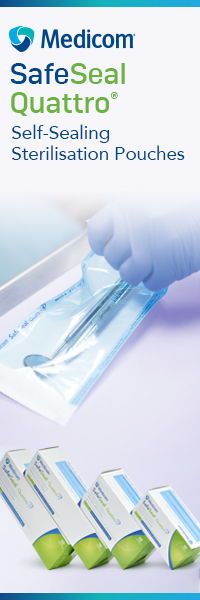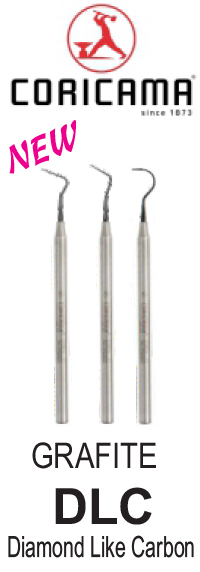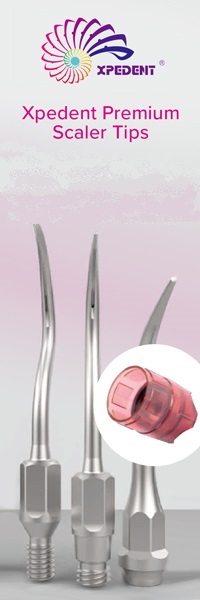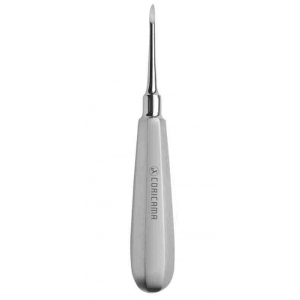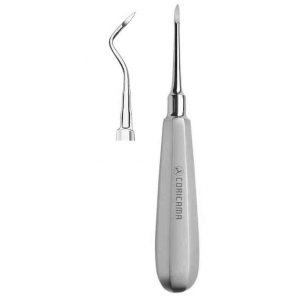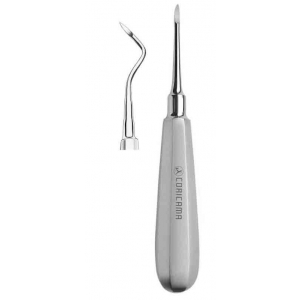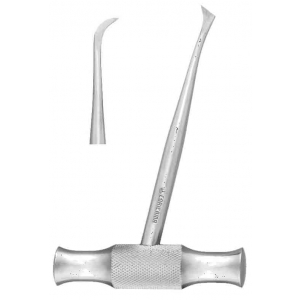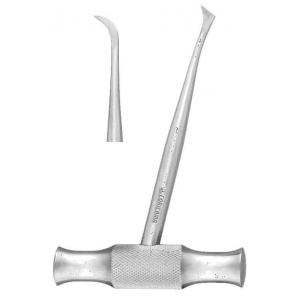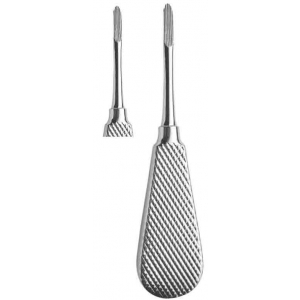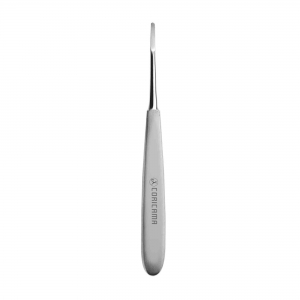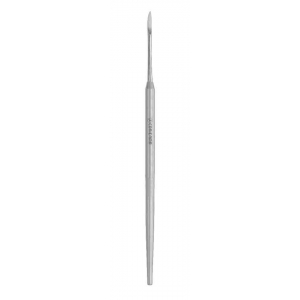CORICAMA Root Elevator Heidbrink #1
| Quantity | Price (each inc GST) |
|---|---|
| 1 | $58.08 |
| 3 | $53.24 |
CORICAMA since 1873.... ITALIAN STYLE and ADVANCED TECHNOLOGY
CORICAMA use only the most suitable steels for the production of surgical instruments to achieve instruments that are both aesthetic and functional.
CORICAMA is a guarantee of high-quality instruments that perfectly fit to the professional sensitivity and contribute to patient well-being. CORICAMA is constantly next to the more demanding dentists and those who seek only the best for their work.
CORICAMA ROOT ELEVATOR HEIDBRINK #1 2.5mm #670610
Used as a lever for the extraction of a tooth or retained roots. It is pushed in between the gums and the external part of the tooth and used to loosen the tissue surrounding the tooth.
The blade transmits a force, generated by rotating the handle along its long axis, to the surface of the tooth or root. This produces the displacement of the tooth away from the point of application where the elevator comes into contact with the tooth. The force may be applied perpendicularly to the tooth, with the elevator placed in the interdental space, or along its long axis. Since considerable force is applied to the tooth, it's necessary to prevent the elevator from slipping. During its use, the operators index finger should therefore be extended over the length of the blade to act as a support on adjacent hard tissues.
The curved blade of the elevator is placed on the root surface, thus lying between the tooth and the alveolar bone which acts as a fulcrum around which the elevator is turned. The rotation of the elevator will produce a force which dislocates the tooth and tends to displace it out of its socket. An equal force will also be applied to the fulcrum, so it is important to ensure that this alveolar bone is capable of resisting such a force and that is not an adjacent tooth which may, as a result, become inadvertently loosened or displaced.
Elevators must be used with caution when extracting teeth to avoid generating excessive and potentially damaging forces.
Sharp and thin blades, allow a gentle penetration cutting the periodontal ligaments.
Upper/Maxillary incisors. canines (cuspids) and premolars (bicuspids)
Apical elevation of root tips. For root fragments
Instrument Name: Heidbrink #1 2.5mm
Tip Material: Stainless Steel
Tip: Straight
Handle Material: Stainless Steel
